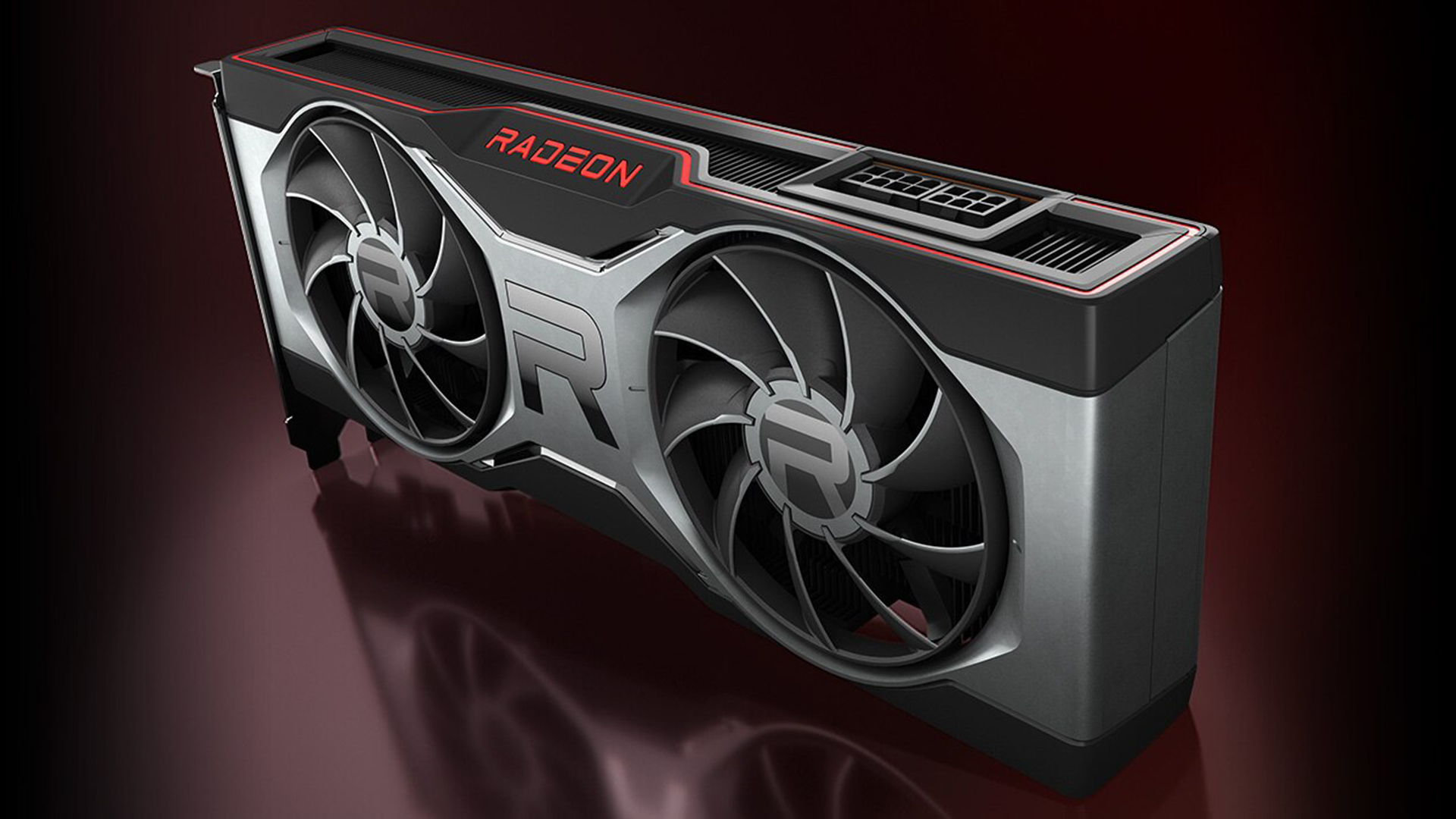AMD’s flagship RDNA 3 GPU may not have an all-new design after all
Navi 31 could use a single GPU, not a pair of chips as previously rumored

AMD’s next-gen flagship graphics card (Navi 31, presumably the RX 7900 XT) may not go for a multi-chip module (MCM) design sporting two separate GPUs as previously rumored, and could stick with a single GPU (as traditionally used) instead.
Before we go into this, we should make it clear that the dual GPU rumor is just that – speculation that Team Red will build the flagship around a pair of GCDs (graphics compute dies) – as is the possibility that AMD might stay with the existing monolithic design it has always used for its Radeon consumer graphics cards.
With that firmly in mind, several sources, including 3DCenter and RedGamingTech (as PC Gamer spotted, the YouTuber underlines that several prominent Twitter leakers have joined in with this speculation), are now arguing it might be the case that Navi 31 will run with just the one GCD.
The theory is that AMD could use a configuration of one main GCD (5nm), hooked up to six memory chiplets (MCDs, built on 6nm), which would be a seven chiplet design.
RedGamingTech believes that we will see Navi 31 sporting 12,288 cores, and that it’ll run with 24GB of VRAM, more than the 16GB amount previously rumored (with a 384-bit memory interface).
Analysis: Two becomes one? Maybe, or maybe not…
As PC Gamer suggests, it may be the case that AMD has not been able to realize the dream of having two GPU chips working together seamlessly, so they’re only seen as a single GPU by the system – avoiding the complications and problems that have historically plagued the likes of SLI and CrossFire solutions whereby two graphics cards are linked together. (In those cases, you don’t get twice the performance – the uptick may be much less than that, and other issues can crop up too).
In short, it’s a thorny conundrum to tackle, and RedGamingTech asserts that they’re ‘pretty confident’ AMD has abandoned the two GCD configuration (which was also rumored to be for Navi 32, incidentally), and will now run with a single GCD. RedGamingTech does make it clear that they’re not certain, though, and cautions against being too sure on this point. And indeed some other leakers disagree that AMD is swerving away from the two GCD design for Navi 31.
Sign up for breaking news, reviews, opinion, top tech deals, and more.
Coreteks argues that AMD is sticking to the previously rumored plan, asserting that the number of patents the company has regarding a new design with multiple GPU chips suggests this is the route Team Red intends to take. And also that having a single GPU with the theorized six memory chiplets doesn’t make sense from a latency point of view (an important consideration for gaming performance).
What all this underlines is how uncertain the rumor mill is even at this relatively late stage of development for RDNA 3 graphics cards. The cards could be out in around four months, after all, if speculation on the launch timeframe proves correct, and it still isn’t clear whether the fundamental design for the next-gen will sport multiple GPUs or not. All we can do is watch this space for the time being.
Whatever the case regarding the exact design, all the hardware leakers are expecting a powerful flagship from AMD, and one that could well run rings around Nvidia’s next-gen Lovelace top dog for power-efficiency (with Team Green rumored to be going very heavy on the power usage).
Darren is a freelancer writing news and features for TechRadar (and occasionally T3) across a broad range of computing topics including CPUs, GPUs, various other hardware, VPNs, antivirus and more. He has written about tech for the best part of three decades, and writes books in his spare time (his debut novel - 'I Know What You Did Last Supper' - was published by Hachette UK in 2013).